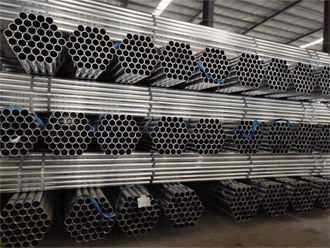304 Stainless Steel
Grade 304 stainless steel is generally regarded as the most common austenitic stainless steel. It contains high nickel content that is typically between 8 and 10.5 percent by weight and a high amount of chromium at approximately 18 to 20 percent by weight. Other major alloying elements include manganese, silicon, and carbon. The remainder of the chemical composition is primarily iron.
The high amounts of chromium and nickel give 304 stainless steel excellent corrosion resistance. Common applications of 304 stainless steel include:
-
1.Appliances such as refrigerators and dishwashers
-
2.Commercial food processing equipment
-
3.Fasteners
-
4.Piping
-
5.Heat exchangers
-
6.Structures in environments that would corrode standard carbon steel.
316 Stainless Steel
Similar to 304, Grade 316 stainless steel has high amounts of chromium and nickel. 316 also contains silicon, manganese, and carbon, with the majority of the composition being iron. A major difference between 304 and 316 stainless steel is the chemical composition, with 316 containing a significant amount of molybdenum; typically 2 to 3 percent by weight vs only trace amounts found in 304. The higher molybdenum content results in grade 316 possessing increased corrosion resistance.
316 stainless steel is often considered one of the most suitable choices when selecting an austenitic stainless steel for marine applications. Other common applications of 316 stainless steel include:
- 1.Chemical processing and storage equipment.
- 2.Refinery equipment
- 3.Medical devices
- 4.Marine environments, especially those with chlorides present
